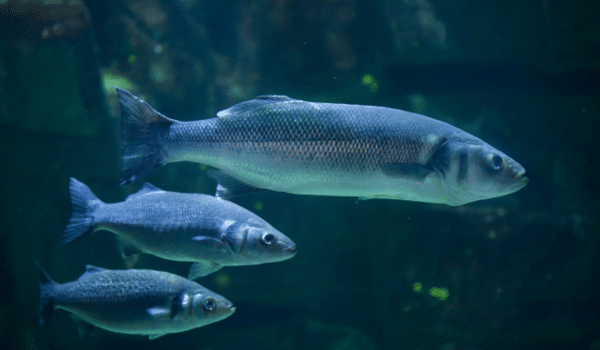Seabass and seabream species are warm marine carnivorous species (FAO, 2022) and need high protein and moderate energy content in feed. As shrimp or salmonids, these species are high value species.
Seabass can tolerate large variations of temperature (T ~4-30°C) and salinity (Sal~3-34ppt) while seabream need water temperature between 18 to 26°C. To reach commercial size (~350g to ≥1kg), it necessary to rear seabass during 1,5 to 3 year and seabream during ≤1 to ≥2 years (FAO, 2022). In average, FCR for these marine fish is 1,7 (Naylor et al., 2021). Lastly, the rearing systems use to produce these target species are pond, raceways, RAS and Open water cage and several of them can be used for the same specie but at different life stages (e.g., RAS in juvenile stage and Open cage for growing period). Thus, it is crucial to take into account the specie specificities, the life stage, the rearing system and the water parameters in order to well adapt the inclusion of minerals in diet (phosphorus, calcium, etc.) for well covering the needs of fish and limits the environmental impacts (mineral leaching, etc.).
